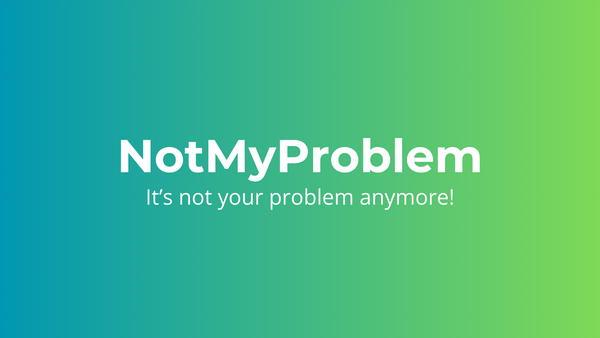Hackathon Dino-website - Thomas More
Tackling real-world projects: A Thomas More student's perspective on being a SCRUM-master during Hackathon Dino-website.

As a student of Digital Innovation at Thomas More, I had the opportunity to participate in an internal project called "Hackathon Dino-website" as the SCRUM-master for the third week of the hackathon. The goal of this project was to create a website that would showcase what Digital Innovation is and how to contact the coaches of the program. This experience was not only a great learning opportunity, but also a chance to apply the knowledge and skills I have acquired in my studies to a real-world project. In this blog post, I will be reflecting on my experience and sharing some of the key takeaways I gained from this project.
The hackathon
The hackathon Dino-website was an internal project at Thomas More aimed at creating a website that would showcase what Digital Innovation is, the course offerings and how to contact the coaches of the program. The hackathon was divided into three weeks, with each week focused on a different aspect of the project. My role as SCRUM-master was to manage the third week of the hackathon, which focused on the development and deployment of the website.
My role as SCRUM-master
As SCRUM-master, my main responsibilities were to facilitate the team's work, ensure that the project was on track and manage the final delivery and deployment of the website during the third week. I worked closely with my fellow students from 2 DI and 3 DI, and together we were able to accomplish a great deal in a short amount of time.
One of the key challenges I faced during this project was coming in halfway through the hackathon and having to catch up with the progress that had already been made in the first two weeks. However, I was able to quickly familiarize myself with the project and work closely with the team to ensure that we were able to complete the development and deployment of the website on time.
Another important aspect of my role was to ensure that the final delivery and deployment of the website was executed smoothly. This required a lot of attention to detail and good communication with the team. In the end, we were able to deliver the website on time and it is now available for use.
Conclusion
Overall, this experience has been a great learning opportunity for me. It has given me a better understanding of the SCRUM methodology and how it can be applied to real-world projects. Additionally, it has reinforced the importance of good communication and attention to detail in any project. I am grateful for the opportunity to participate in this hackathon and am proud of the website that we were able to create. It serves as a valuable resource for the Digital Innovation program at Thomas More.
Links
- Website: https://digitalinnovation.be
- GitHub Repository: https://github.com/Thomas-More-Digital-Innovation/2223-Startproject-DinoWebsite




